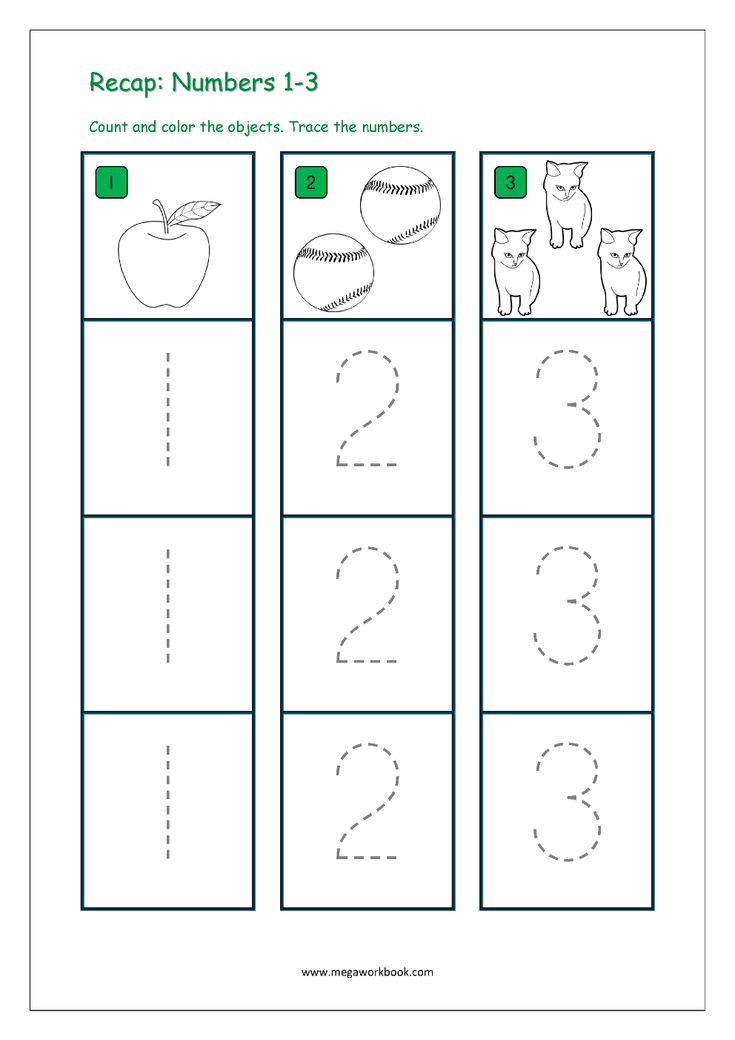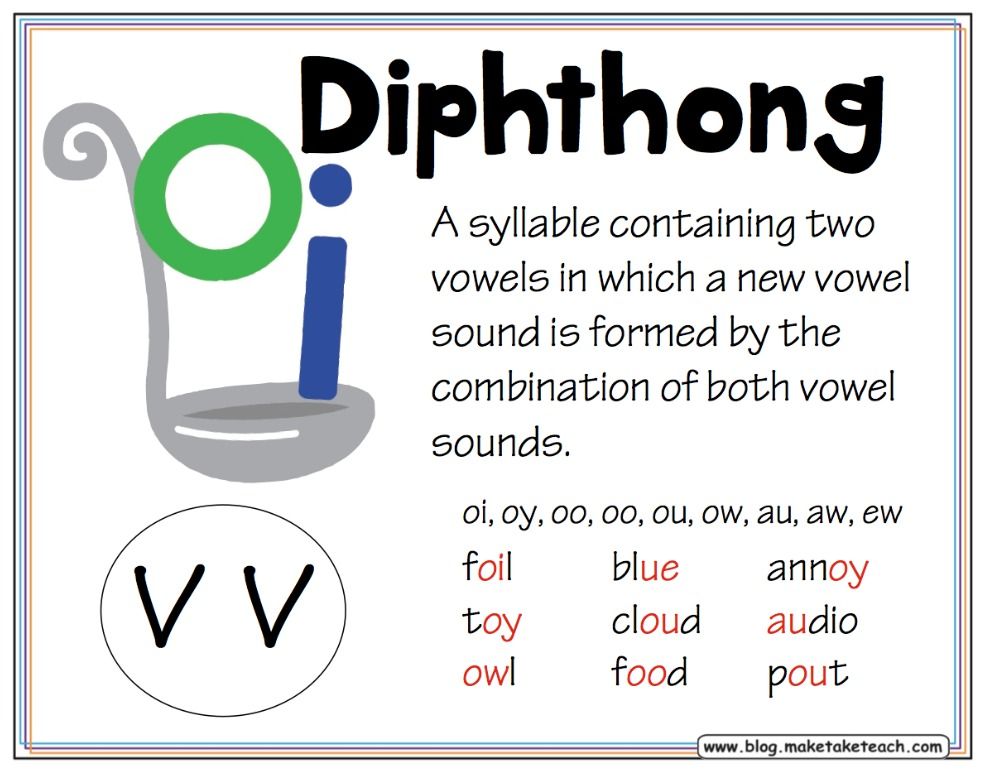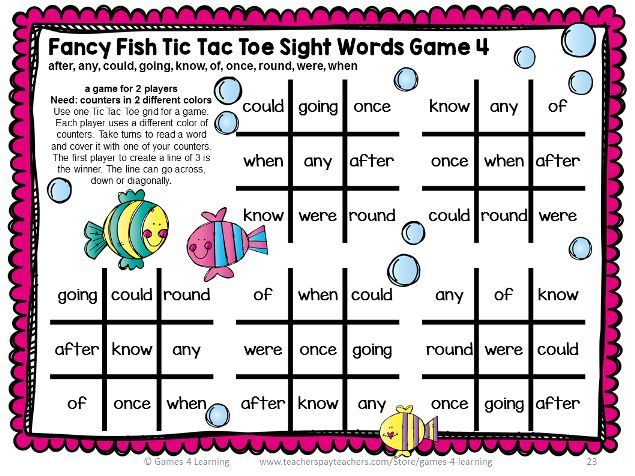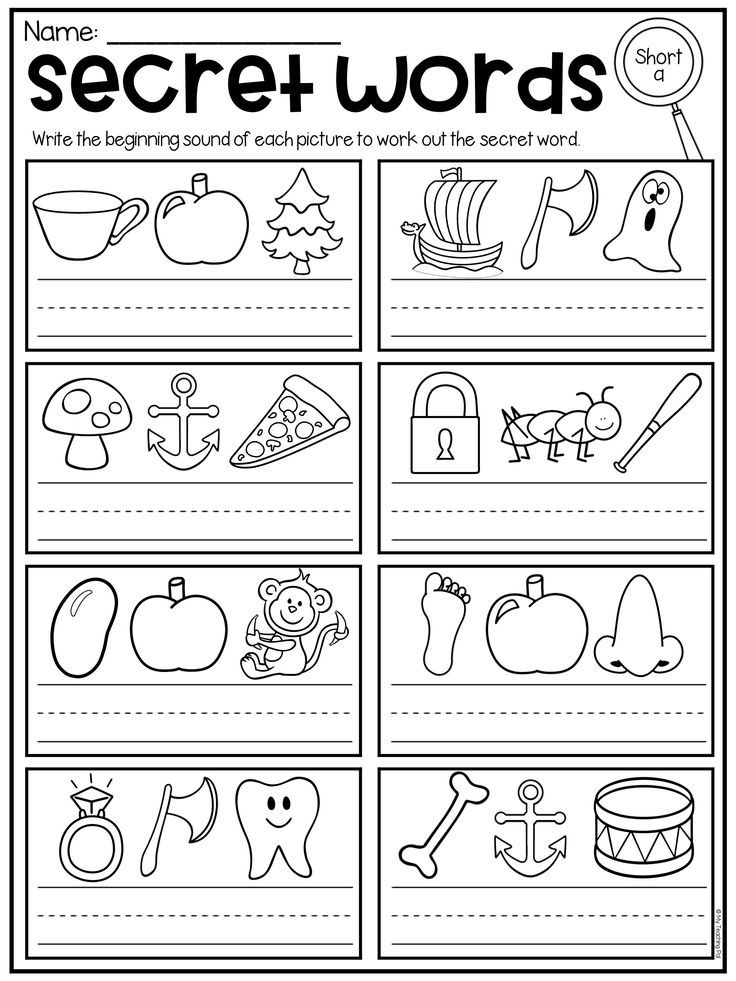Why is social emotional development important
Social and Emotional Development in Early Learning Settings
How Is Social and Emotional Development Supported in Early Learning Settings?
Early learning settings are rich with opportunities to build and practice social and emotional skills; however, the quality of these settings affects the degree to which a child’s social and emotional development is supported. In high-quality settings, children benefit from “frequent, warm and stimulating” interactions with caregivers who are attentive and able to individualize instruction based on children’s needs and strengths. Early educators in high-quality settings are trained in early childhood education and tend to be less controlling and restrictive in their approach to classroom management.
Licensure and accreditation, well-trained caregivers, low staff-child ratios and parent involvement are generally considered to be fundamental to high-quality care and education. Such elements not only promote strong, secure relationships and positive interactions between caregiver and child, but also improve attention to children’s interest, problem-solving, language development, social skills and physical development.
High-quality early learning opportunities can also reduce the risk of children experiencing poor mental health. Research shows it can mitigate the effects of poverty, maternal depression and other risk factors. According to the Centers for Disease Control and Prevention, high-quality child care helps build resilience among at-risk children, partly due to the relationships they form with caregivers. When children perceive at least one supportive adult in their life, they are less likely to experience toxic stress and suffer the detrimental effects of adverse experiences.
Well-trained early care and education professionals are critical to supporting social and emotional competence in young children. First and foremost, they build nurturing and responsive relationships with the children in their care and model respectful and appropriate behavior. They weave social and emotional skill-building into day-to-day activities and implement targeted curriculum and lessons with books, music, games and group discussions.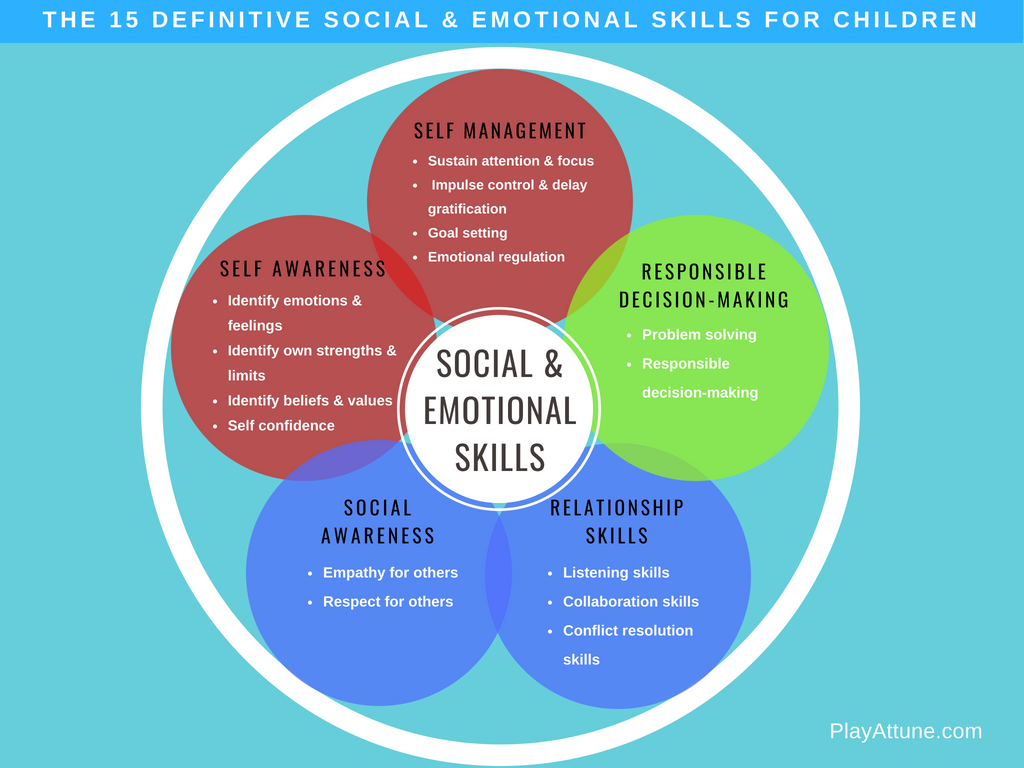
Effective early care and education professionals consider and support the individual needs of each child within the context of their family and culture. Head Start, the federally funded, locally implemented birth-to-5 program for low-income children, emphasizes that “children’s learning is enhanced when their culture is respected and reflected in all aspects” of an early learning program. Early childhood programs implementing culturally reflective policies and practices may look different depending on the setting, but at their core, they are learner-focused, promote a positive cultural and individual identity, and engage all children from unique cultural and/or linguistic backgrounds. Cultural awareness is key for early care and education professionals in forming strong relationships with children and families.
Early care and education professionals are also critical to identifying children who face barriers to healthy social and emotional development and helping families obtain the support they need.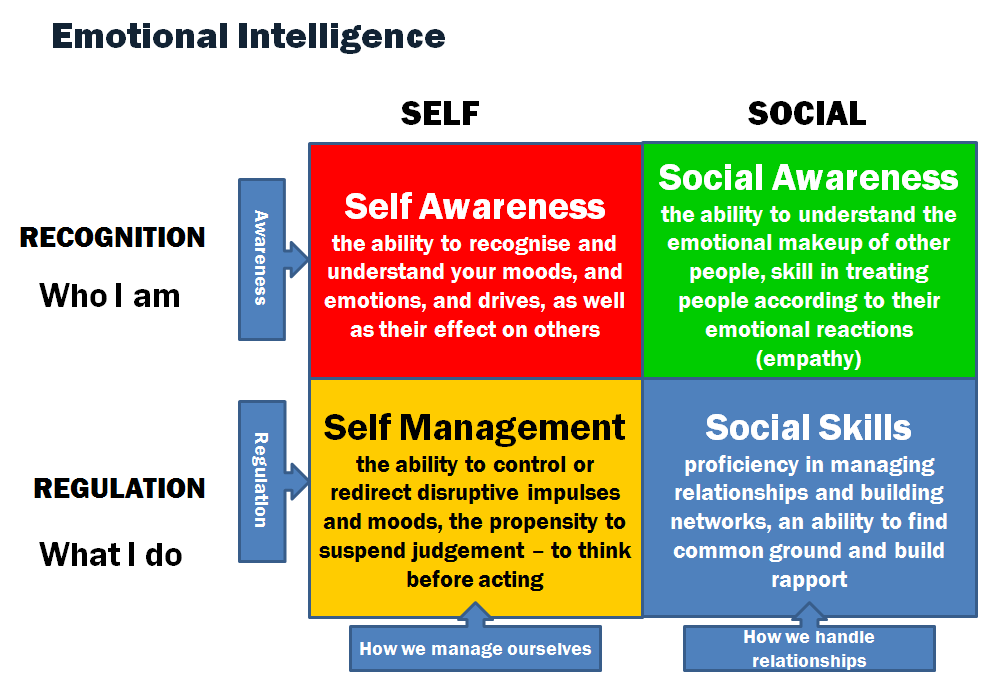 They sometimes partner with an early childhood mental health consultant to address challenging behaviors and develop behavior support plans.
They sometimes partner with an early childhood mental health consultant to address challenging behaviors and develop behavior support plans.
An increasing number of early learning settings are implementing Positive Behavioral Interventions and Support (PBIS) frameworks. The frameworks are designed to equip early care and education professionals with the skills and tools they need to support positive social and emotional development and address challenging behavior. A program-wide PBIS does not prescribe a specific curriculum. Instead, it includes a series of practices, interventions and implementation supports that are available across the system. One such framework, the Pyramid Model for Supporting Social Emotional Competence in Infants and Young Children (Pyramid Model), is specifically designed for programs serving infants and toddlers. Twenty-five states have established statewide coalitions and leadership teams to implement the Pyramid Model (often housed within a state’s human services or education department).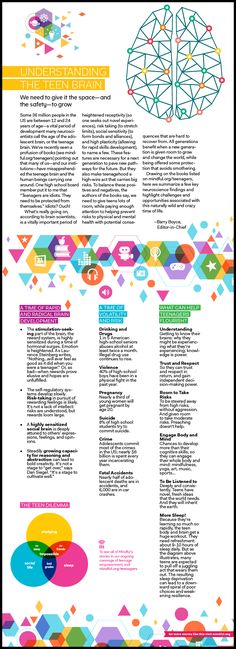 The Pyramid Model organizes evidence-based practices into three progressively intensive tiers: universal supports for the wellness of all children, targeted services for those who need more support, and intensive services for those most in need. The model emphasizes how essential early care and education professionals are to the social and emotional well-being of young children by positioning “effective workforce” as the foundation.
The Pyramid Model organizes evidence-based practices into three progressively intensive tiers: universal supports for the wellness of all children, targeted services for those who need more support, and intensive services for those most in need. The model emphasizes how essential early care and education professionals are to the social and emotional well-being of young children by positioning “effective workforce” as the foundation.
Infant and Early Childhood Mental Health Consultation
Infant and early childhood mental health consultation (IECMHC) is an evidence-based strategy to support healthy social and emotional development and “prevent, identify, and reduce the impact of mental health problems among young children and their families,” according to the Center for Early Childhood Mental Health Consultation. IECMH consultants help build the capacity of the adults in young children’s lives to support healthy social and emotional development at home and in early learning settings.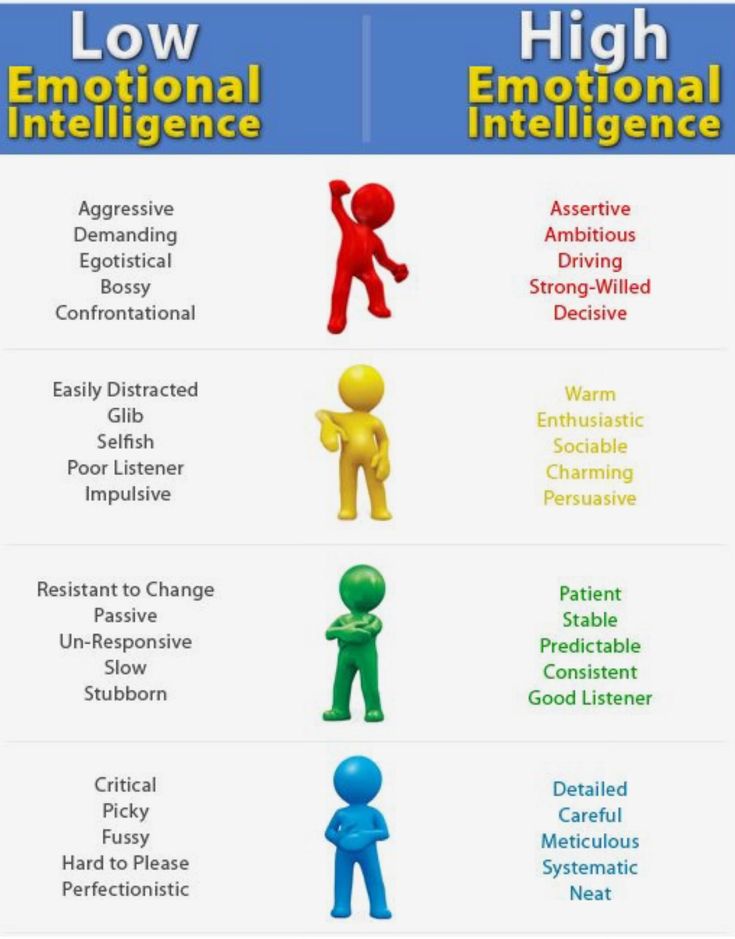 IECMH consultants have master’s degrees and are licensed mental health professionals who provide indirect, prevention-based services. They partner with families to assess concerns, assist with implementing positive behavioral supports, and connect families to other services and supports. Within early learning settings, IECMH consultants provide classroom-focused interventions that target all children, home-based interventions for more high-risk children, and referrals for those children who need more specialized services. Additionally, IECMH consultants support early care and education professionals by providing reflective supervision, coaching, training and case consultation.
IECMH consultants have master’s degrees and are licensed mental health professionals who provide indirect, prevention-based services. They partner with families to assess concerns, assist with implementing positive behavioral supports, and connect families to other services and supports. Within early learning settings, IECMH consultants provide classroom-focused interventions that target all children, home-based interventions for more high-risk children, and referrals for those children who need more specialized services. Additionally, IECMH consultants support early care and education professionals by providing reflective supervision, coaching, training and case consultation.
The Substance Abuse and Mental Health Services Administration’s (SAMHSA) Center of Excellence for Infant and Early Childhood Mental Health Consultation emphasizes the field’s role in promoting equity and reducing disparities in access to resources and outcomes for young children. Equity, according to SAMHSA’s IECMHC Toolbox, is “the quality of being fair, unbiased, and just.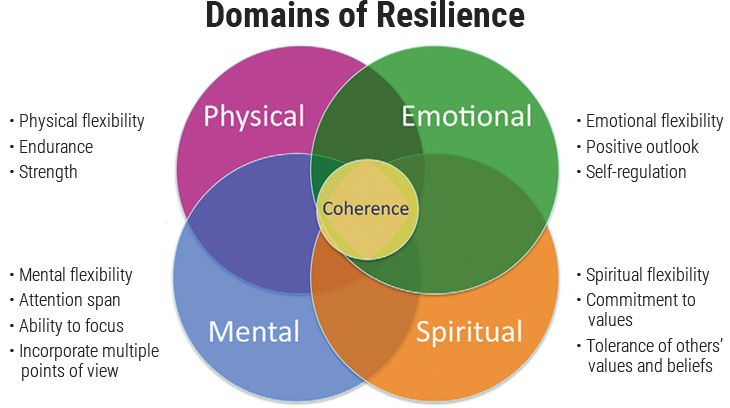 ” Equity is essential to reducing disproportionalities among young children of color in suspensions and expulsions in early learning settings. IECMH consultants partner with early care and education professionals to “reflect on their own experiences, biases, and fears—and then move beyond them to see each young child as an individual within a unique family and community context.” There is growing evidence that access to IECMHC reduces the occurrence of suspensions and expulsions for young children.
” Equity is essential to reducing disproportionalities among young children of color in suspensions and expulsions in early learning settings. IECMH consultants partner with early care and education professionals to “reflect on their own experiences, biases, and fears—and then move beyond them to see each young child as an individual within a unique family and community context.” There is growing evidence that access to IECMHC reduces the occurrence of suspensions and expulsions for young children.
How Prepared Are Early Care and Education Professionals to Care for Children With Challenging Behaviors?
Despite the importance of their role, many early care and education professionals report not feeling adequately trained to respond to challenging behaviors or to support children at risk of mental health issues. A national survey of the early care and education workforce revealed just 20% of respondents received training on supporting social and emotional growth in the past year.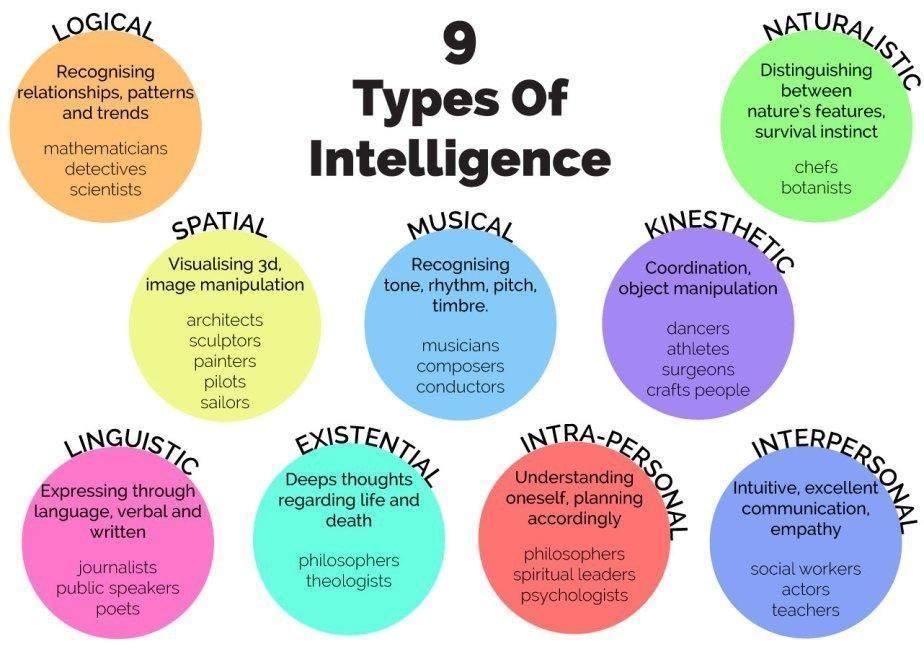 When asked what types of support would help them better address the needs of children with challenging behavior, professionals in Maine most frequently selected additional training (61%) and greater access to early childhood behavioral specialists (57%). In a similar survey in Virginia, respondents identified access to specialists (63%), additional supports for families (54%) and increased training for staff (52%) as necessary to improving outcomes for children.
When asked what types of support would help them better address the needs of children with challenging behavior, professionals in Maine most frequently selected additional training (61%) and greater access to early childhood behavioral specialists (57%). In a similar survey in Virginia, respondents identified access to specialists (63%), additional supports for families (54%) and increased training for staff (52%) as necessary to improving outcomes for children.
Survey participants in both Maine and Virginia were also asked about the effects of challenging behaviors in the classroom. Concerns included the ability to attend to other children and ensuring the safety and ability of other children to learn. Respondents also noted the negative effect challenging behaviors have on their own well-being.
Without adequate training and supports to handle these stressful situations, early care and education professionals—among whom depression is not uncommon—burn out and leave the profession.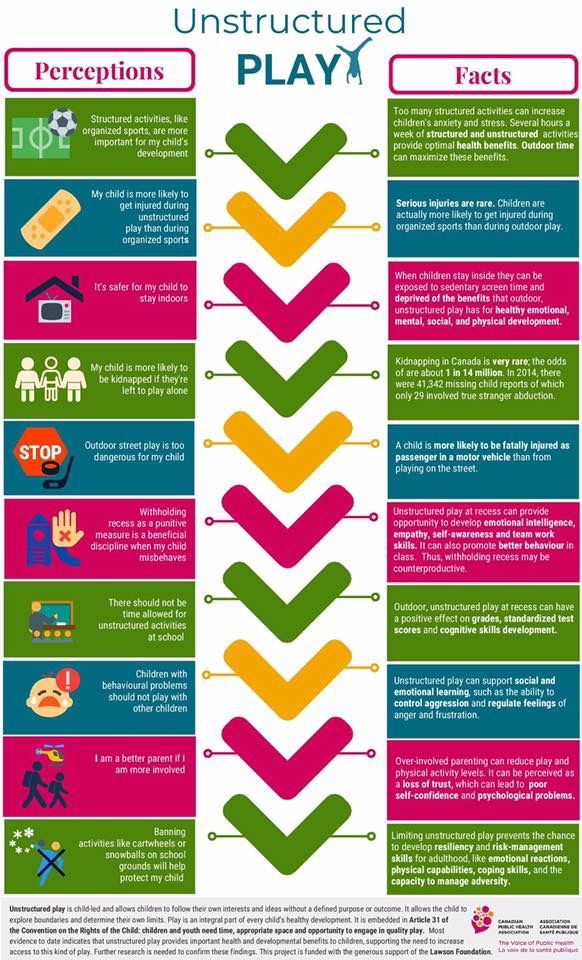 Extremely low wages further contribute to their stress. At an average annual salary of just over $22,000, nearly half of the early care and education workforce is enrolled in at least one public support program. These include the federal Earned Income Tax Credit (EITC), Medicaid and Children’s Health Insurance Program (CHIP), Supplemental Nutrition Assistance Program (SNAP) or Temporary Assistance for Needy Families (TANF). Researchers have found that stress negatively affects early care and education professionals’ ability to provide positive, high-quality environments and is the primary reason they leave the field. Bringing the problem full circle, high turnover among early care and education professionals disrupts the relationships and attachments formed with the children they care for and is linked to poorer developmental outcomes for early learners.
Extremely low wages further contribute to their stress. At an average annual salary of just over $22,000, nearly half of the early care and education workforce is enrolled in at least one public support program. These include the federal Earned Income Tax Credit (EITC), Medicaid and Children’s Health Insurance Program (CHIP), Supplemental Nutrition Assistance Program (SNAP) or Temporary Assistance for Needy Families (TANF). Researchers have found that stress negatively affects early care and education professionals’ ability to provide positive, high-quality environments and is the primary reason they leave the field. Bringing the problem full circle, high turnover among early care and education professionals disrupts the relationships and attachments formed with the children they care for and is linked to poorer developmental outcomes for early learners.
Furthermore, early care and education professionals who lack training may be unprepared to distinguish concerning behaviors from those that are developmentally appropriate. Misinterpreting or mischaracterizing behaviors may lead to more punitive discipline and failure to provide appropriate supports. Underprepared professionals are more likely to over-identify children, especially children of color, for special education, disciplinary action and expulsions. Suspensions and expulsions are more likely to occur in early learning settings that have high student-adult ratios, private ownership, extended hours, limited access to early childhood behavioral specialists, and teachers who report high levels of stress.
Misinterpreting or mischaracterizing behaviors may lead to more punitive discipline and failure to provide appropriate supports. Underprepared professionals are more likely to over-identify children, especially children of color, for special education, disciplinary action and expulsions. Suspensions and expulsions are more likely to occur in early learning settings that have high student-adult ratios, private ownership, extended hours, limited access to early childhood behavioral specialists, and teachers who report high levels of stress.
Implicit Bias in Early Learning Settings
In a study by researchers at Yale University, early care and education professionals were instructed to look for challenging behaviors in a video of an early learning classroom where none was present. Researchers used technology to track eye movements and found that when challenging behaviors were expected, teachers tended to observe the black children more closely, especially the black boys.
Another component of the study found that when teachers were provided additional information on a child’s family and background, and when the teacher’s race matched that of the child, teachers tended to lower the severity rating of the child’s behavior. Researchers concluded by calling for greater connections between early care and education professionals and parents, as well as increased training to address biases and increase empathy.
Suspension and expulsion in early learning settings
Data collected in recent years by the U.S. Department of Education’s Office for Civil Rights has shined a spotlight on how common suspensions and expulsions are in early learning settings. In fact, expulsion rates among preschoolers are three times higher than those of K-12 students. Stark disparities in suspension and expulsion rates among young children based on race and gender led researchers to question the effect of implicit bias, or the “automatic and unconscious stereotypes that drive people to behave and make decisions in certain ways.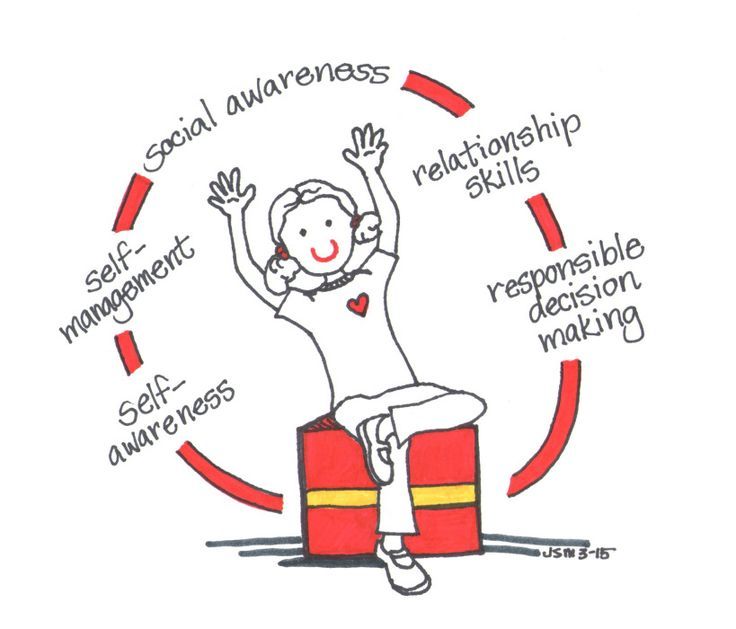 Black children, who comprise just 19% of preschool enrollment, make up 47% of preschoolers who are suspended. Research shows students of color are more harshly disciplined for the same behaviors exhibited by their white peers. Furthermore, 75% of expelled preschoolers are boys, with black boys being suspended or expelled the most often. The consequences for young children who are suspended or expelled can be significant and long-lasting. The same children are more likely to be suspended or expelled again in later years and to drop out of high school, fail a grade or be incarcerated.
Black children, who comprise just 19% of preschool enrollment, make up 47% of preschoolers who are suspended. Research shows students of color are more harshly disciplined for the same behaviors exhibited by their white peers. Furthermore, 75% of expelled preschoolers are boys, with black boys being suspended or expelled the most often. The consequences for young children who are suspended or expelled can be significant and long-lasting. The same children are more likely to be suspended or expelled again in later years and to drop out of high school, fail a grade or be incarcerated.
In 2016, U.S. departments of Health and Human Services and Education issued a policy statement and recommendations aimed at preventing and severely limiting suspensions and expulsions of young children. The departments recommended that early learning programs take the following steps:
- Improve the workforce’s skill set and capacity to support social and emotional development, address challenging behaviors appropriately, and form supportive and nurturing relationships with children and their families.

- Provide training to deepen the workforce’s understanding of cultures and diversity, practice self-reflective strategies and correct biases.
- Increase access to behavioral specialists (including IEMCH consultants).
- Promote the health and well-being of the workforce with reasonable work hours, breaks and access to supports, such as social or mental health services.
The policy statement also made recommendations directly to states, including enacting state policies severely limiting the use of suspensions and expulsions across all early learning settings, collecting data on the use of exclusionary discipline and setting goals for its reduction. It also recommended investing in workforce training and implementing policies to increase quality in early learning settings.
What is Social-Emotional Learning and Why is it Important?
The concept of social-emotional learning is increasingly examined, as teachers and schools grapple with their responsibility to teach students how to pass exams, complete coursework assignments, and become rounded human beings with the skills and attributes to succeed in life.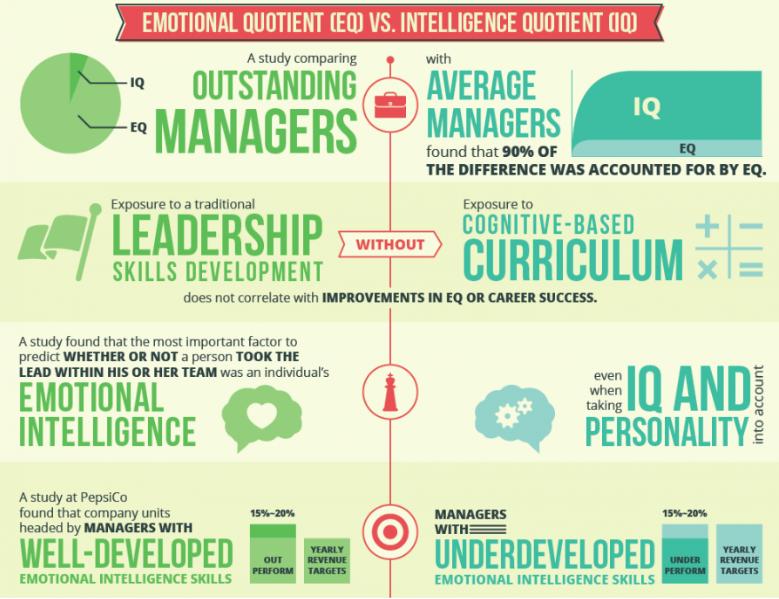
Continue reading to learn more about social-emotional learning, why it is essential, how it can be taught, and tools teachers can use to make their lessons more engaging. Or take a look at the myViewBoard visual learning platform.
Social-emotional learning, or SEL for short, is an essential concept within education because it is a framework through which students acquire the skills necessary to navigate through school, working life, and beyond. In particular, the framework helps with self-preservation, self-control, relationship-building, and decision-making.
Most teachers and academic institutions are aware of their obligation to help students achieve good grades, leave school with the best possible qualifications, and assist them with personal development. Doing so allows them to exit education as well-rounded individuals with the tools to achieve success in the future.
In this article, we explore the entire concept of social-emotional learning in much more detail. Additionally, we also explain how the related idea of social-emotional feedback can assist teachers in delivering more engaging lessons that are more likely to generate lasting knowledge acquisition.
Additionally, we also explain how the related idea of social-emotional feedback can assist teachers in delivering more engaging lessons that are more likely to generate lasting knowledge acquisition.
What is Social-Emotional Learning?
First, it is crucial to define what social-emotional learning is. An article written for The Committee for Children’s website states that social-emotional learning can be defined as “the process of developing the self-awareness, self-control, and interpersonal skills that are vital for school, work, and life success.”
It is a vital part of human development, equipping students with the skills, abilities, tools, and knowledge to build positive relationships, solve problems, make intelligent decisions, and achieve the necessary level of self-awareness. Social-emotional learning can also provide the foundation for educational success.
Moreover, social-emotional learning has a role to play within the context of pushes for inclusive learning and accessible education.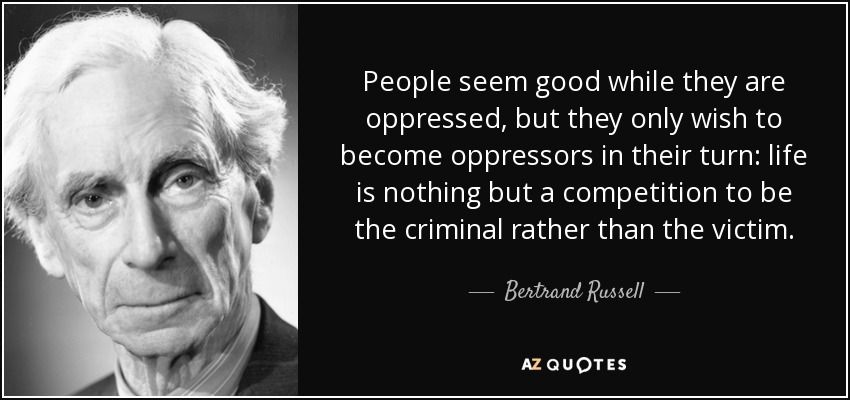 As schools embrace people from different backgrounds, who face diverse challenges, students need to understand this and develop empathy and compassion.
As schools embrace people from different backgrounds, who face diverse challenges, students need to understand this and develop empathy and compassion.
5 Key Social-Emotional Learning Areas
Understanding the concept of social-emotional learning can be aided by breaking it down into some key areas. Thus, the Collaborative for Academic, Social, and Emotional Learning (CASEL) has created the ‘CASEL 5’ framework, which outlines five core skills or areas associated with social-emotional learning.
The section below explores these five skill areas in greater detail:
1. Self-Awareness
Self-awareness is sometimes described as the leading skill in social-emotional learning. CASEL defines it as the ability to “understand one’s own emotions, thoughts, and values and how they influence behavior across contexts.”
A Landmark Outreach article outlines some of the primary skills that are associated with self-awareness. These skills include a student’s ability to recognize and identify their own emotions, develop a perception of “self” which matches reality, believe in their capacity to achieve goals, and determine their areas of strength and weakness.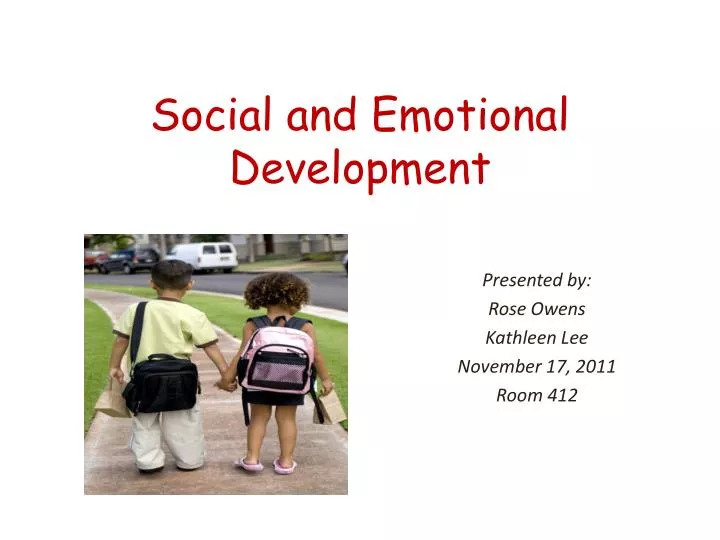
Additionally, developing self-awareness may require students to reflect on and examine their prejudices and biases and create a mindset that facilitates continuous personal growth. Essentially, for students, self-awareness is about self-reflection and building an understanding of who they are as a person.
2. Self-Management
Self-management is a concept closely related to self-awareness, and in many ways, it follows from its development. For example, the CASEL framework describes self-management as the ability to “manage one’s emotions, thoughts, and behaviors effectively in different situations” to achieve personal aspirations.
An overview from Greater Good in Education explores this concept further. It states that self-management is a process that involves students navigating their thoughts, behaviors, and emotions so that they develop an ability to make decisions that benefit not only themselves but also those around them, too.
Some of the primary skills associated with self-management include setting goals, maintaining attention, managing and controlling emotions, demonstrating resilience, and utilizing feedback to make personal progress.
3. Social Awareness
The following skill area associated with social-emotional learning is social awareness. An excellent way to think of this is by contrasting it with self-awareness. While the former refers to students’ ability to understand themselves and their actions, social awareness is about becoming more aware of other people and feeling compassion for them.
Social awareness also involves demonstrating empathy and understanding. For example, an article written for Understood.org details some of the skills associated with social awareness. Such skills include the ability to understand the perspectives of others, to appreciate diversity in terms of different backgrounds and cultures.
One of the ways teachers may be able to make students more familiar with the concept of social awareness is by explaining the idea of The Golden Rule, which can be summarized as “treat others the way you want to be treated.”
4. Relationship Skills
The fourth main skill area associated with social-emotional learning is the area of relationship skills. Relationship skills can be broadly defined as the ability to build and maintain positive relationships with other people and learning how to communicate with others effectively while resisting negative social pressures along the way.
Relationship skills can be broadly defined as the ability to build and maintain positive relationships with other people and learning how to communicate with others effectively while resisting negative social pressures along the way.
Part of developing relationship skills is learning to work well with others and achieve shared goals or objectives. A strong focus is also placed on conflict resolution and collaborative problem-solving, which can assist students when asked to work as part of a team or collaborate with a partner.
Furthermore, a significant part of the relationship skills component of social-emotional learning involves developing leadership skills. Instilling such skills not only means developing the skills to lead a group of people to a shared objective, but it also means creating a sense of social justice and being willing to stand up for the needs and rights of other people.
5. Responsible Decision-Making
The final main area associated with social-emotional learning is responsible decision-making. This skill can be described as the ability to make ethical, safe, caring, and constructive decisions while remaining mindful of the consequences of personal behavior or the potential outcomes that are likely to emerge from different choices.
This skill can be described as the ability to make ethical, safe, caring, and constructive decisions while remaining mindful of the consequences of personal behavior or the potential outcomes that are likely to emerge from different choices.
Ultimately, the responsible decision-making component teaches students to evaluate their decisions’ potential benefits and consequences. It is also about these skills being applied in and out of school.
One of the aspects highlighted in an article written for Positive Action is that decisions can have social, emotional, physical, and intellectual outcomes or consequences. Another critical aspect is teaching students that positive decisions can lead to growth and positive change, while negative decisions have the opposite effect.
Why is Social-Emotional Learning Important?
Social-emotional learning is vital for students because it teaches them crucial life skills, including the ability to understand themselves, develop a positive self-image, take responsibility for their actions, and forge relationships with the people around them.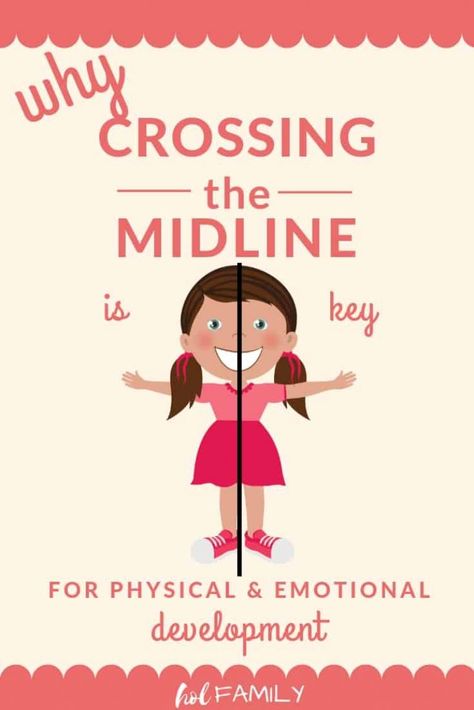 It can also be critical for students to build confidence and self-esteem.
It can also be critical for students to build confidence and self-esteem.
Through social-emotional learning, students can gain the following tools, which are required to set goals for themselves: solve problems, persevere in the face of adversity, fight for social justice, empathize with other people, take responsibility, lead by example, and establish the kind of behaviors that most predict long-term success in modern life.
Meanwhile, social-emotional learning is also helpful for teachers. After all, as a general rule, it is much easier to teach a classroom filled with students who have the following attributes: conscientious, empathetic, self-aware, equipped to make intelligent decisions, and able to reason and give consideration to the benefits and consequences of their actions.
The Benefits of Social-Emotional Learning
The importance of social-emotional learning can be explained in a broad sense. However, it is also helpful to provide details on some of the tangible and measurable benefits of the process. Fortunately, research on the topic is emerging all the time, and we can gain a good sense of how advantageous social-emotional learning is.
Fortunately, research on the topic is emerging all the time, and we can gain a good sense of how advantageous social-emotional learning is.
CASEL compiled research from around the world, demonstrating that social-emotional learning can enhance academic performance, improve classroom behavior, decrease instances of depression and increase students’ ability to manage stress. In addition, as students move through school and into adulthood, it can reduce poverty, decrease crime and boost social mobility. Other studies have found improvements in areas like reading, writing, and mathematics.
It is also worth highlighting the employment benefits. According to a report from the World Bank Group, 79 percent of employers cite social-emotional skills as being the most important qualities for determining the chances of success. Therefore, teaching social-emotional learning can improve long-term career prospects.
How to Teach Social-Emotional Learning
Next, it is crucial to gain an understanding of how to teach social-emotional learning processes.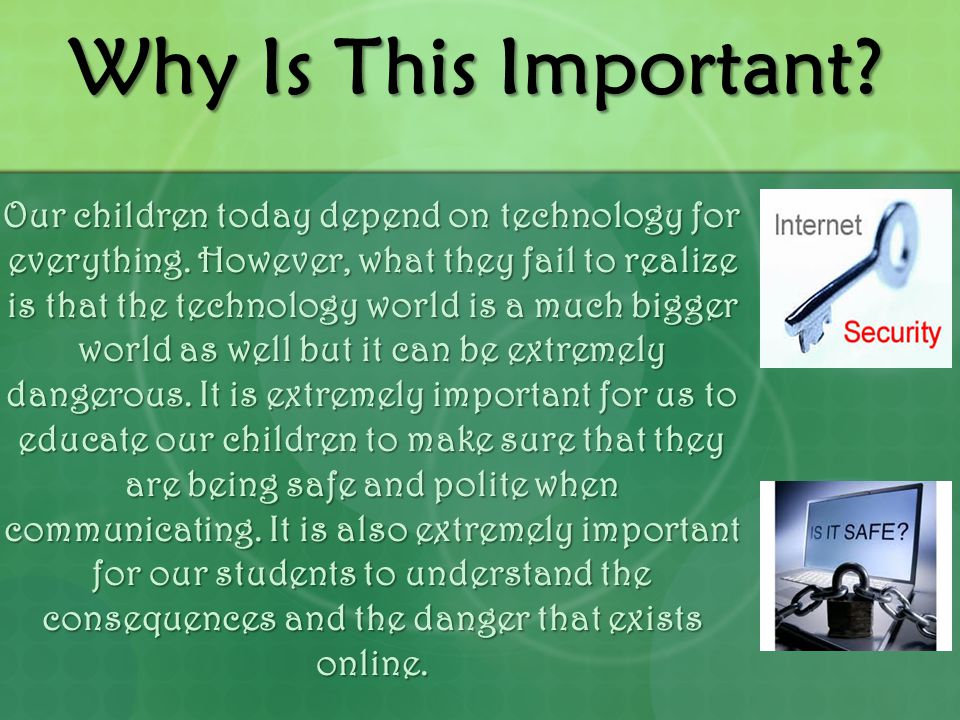
In a blog post published by Edutopia, it is explained that one of the main approaches here is for teachers to create clear lessons that focus on social-emotional learning as a whole. Such lessons involve introducing the concepts to students and then creating scenarios for students to put their newly acquired skills into practice.
However, this is not the only way to further social-emotional learning within school environments. Students can also develop these skills and tools during other lessons. At the same time, everyday interactions with teachers can also help students build interpersonal skills, self-awareness, self-management skills, and decision-making abilities.
It is also absolutely vital that the concept of diversity is built into any attempts to teach social-emotional skills. For this reason, schools need to prioritize the creation of inclusive learning environments and aim to make their lessons as accessible and free from unnecessary barriers as possible to all students.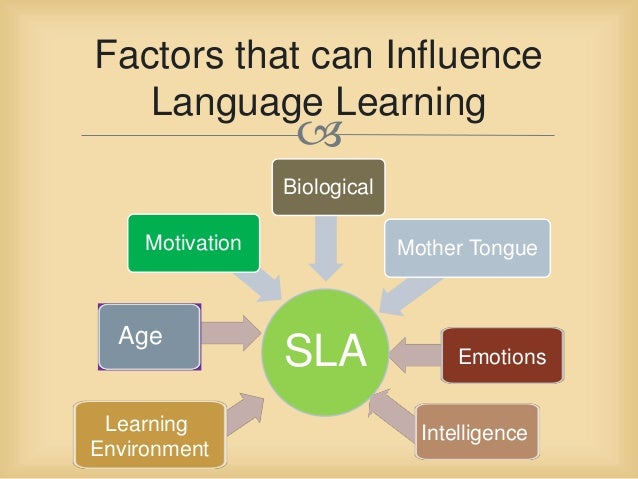
Social-Emotional Feedback Within Teaching
In addition to teaching skills associated with social-emotional learning, teachers can also use social-emotional feedback to inform their lessons. In simple terms, this refers to the process of sensing the mood of students in a classroom. It also means being aware of students’ different emotional states or responses to specific parts of the lesson.
However, attempts to monitor the emotional state of students in a lesson while delivering that lesson can be difficult and can result in a loss of focus on the core content. Fortunately, technological solutions can assist with this, and a great example is myViewBoard Sens, which functions as an IoT “edge” sensor.
The myViewBoard Sens product offers next-generation social-emotional feedback, using motion sensor technology to track room occupancy and emotion recognition technology to determine happiness, sadness, amazement, attentiveness, and other emotional states. In this way, teachers can get a much better sense of the state of their class, not only in the moment but over the short, medium, and long term.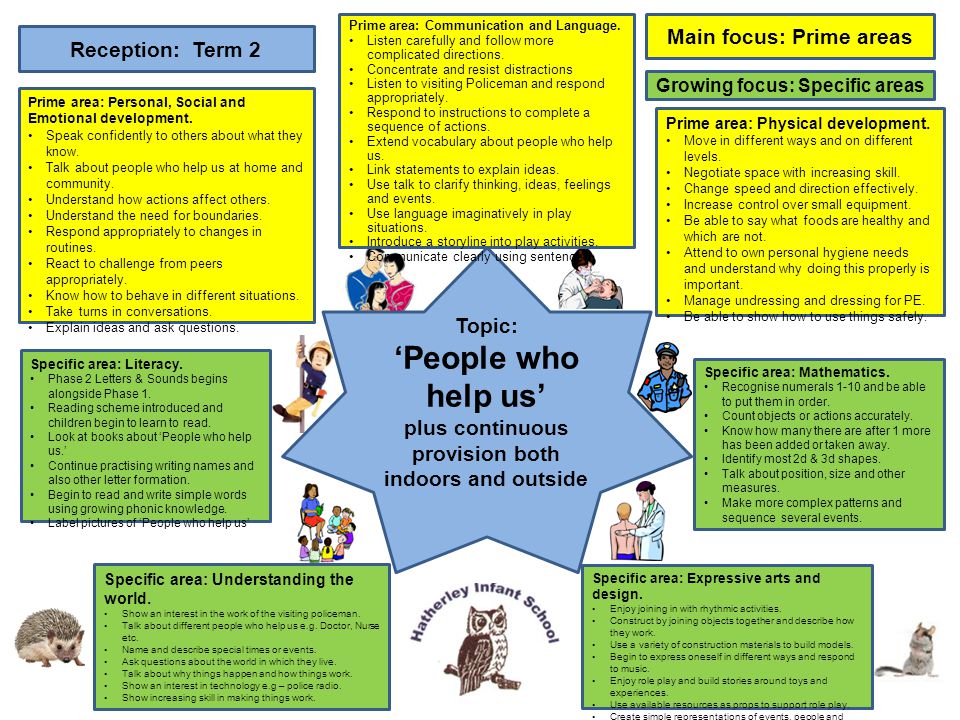
Going further, teachers can connect a smartphone to the device and receive discreet, instant feedback on the current emotional state of the class and the level of engagement. Using this information, it is then possible to make adjustments to the lesson, in the moment, to boost engagement and achieve better outcomes.
Final Thoughts
Social-emotional learning can be thought of as the process of teaching students the most critical skills and abilities they will need for their educational journey and their working life after that. As the term suggests, such skills assist students’ socialization and emotional development. Social-emotional learning includes the following:
- Developing a sense of self.
- Building relationships with other people.
- Solving problems.
- Overcoming obstacles.
- Developing empathy.
- Gaining a sense of social justice and learning to manage emotions.
Lessons can directly address these topics to develop core skills or integrate them into other classes.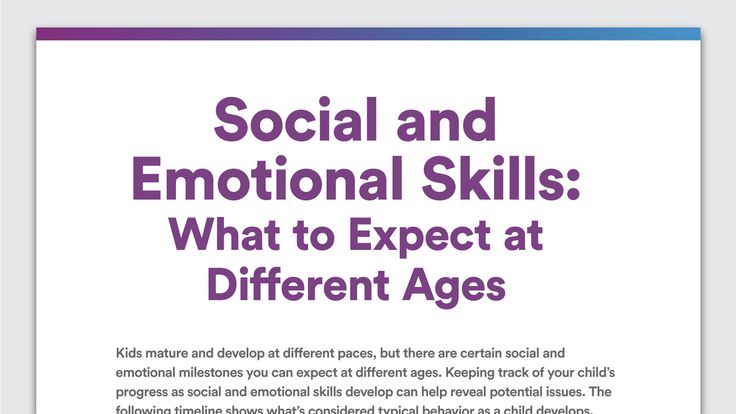 In addition, research suggests that focusing on social-emotional learning can boost long-term prospects. In contrast, the related concept of social-emotional feedback can assist teachers in making lessons more engaging.
In addition, research suggests that focusing on social-emotional learning can boost long-term prospects. In contrast, the related concept of social-emotional feedback can assist teachers in making lessons more engaging.
A common way to engage students in social-emotional learning is through video modeling or other video-assisted learning methodologies. If you want to learn more you can read this article about student engagement and why it’s important, or see how digital technologies can support social-emotional learning by bringing teachers and learners together with the myViewBoard visual learning platform.
Was this article helpful?
YesNo
TAGS
accessible educationinclusive educationeducation trendssocial-emotional learning
Social and emotional development of preschoolers | Article in the journal "Issues of preschool pedagogy"
Bibliographic description:
Plotnikova, KM Social and emotional development of preschool children / KM Plotnikova. - Text: direct // Questions of preschool pedagogy. - 2019. - No. 2 (19). - S. 17-20. — URL: https://moluch.ru/th/1/archive/115/3889/ (date of access: 08.02.2023).
- Text: direct // Questions of preschool pedagogy. - 2019. - No. 2 (19). - S. 17-20. — URL: https://moluch.ru/th/1/archive/115/3889/ (date of access: 08.02.2023).
The socialization of the individual - this problem in the history of Russian pedagogy has always been relevant, this is reflected in the research works of famous teachers, such as V. S. Mukhina. She considered the identification and isolation of the personality as mechanisms of socialization, A.P. Petrovsky, who studied the regular change in the phases of adaptation, individualization and integration in the process of personality formation.
The task of developing children in their first years of life is to acquire skills that will enable them to become independent and able to act in social relationships and respond appropriately to their feelings and the feelings of others. These developmental tasks can only be solved by children in a stable socio-emotional environment.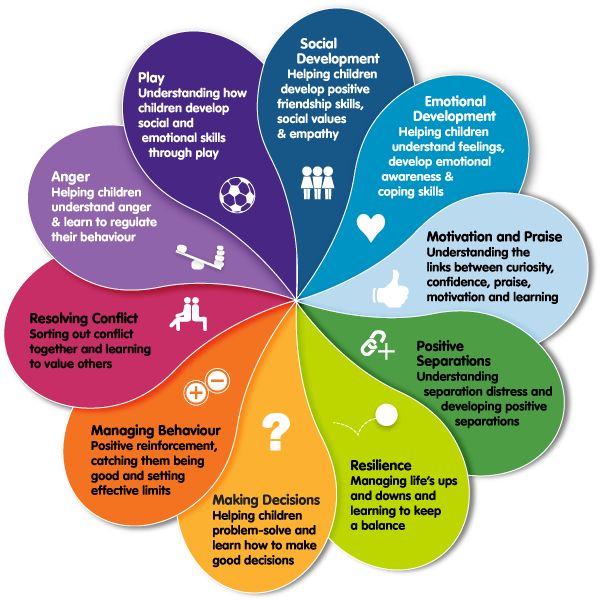
The world of a child is colorful and varied, full of exciting and defining experiences. Daily new experiences bring with them a wide range of emotions that a child usually encounters unprepared. At these moments, we are often surprised to find how strongly the child experiences emotions, and how difficult it is for us to feel him. From the first days of life, the child has certain emotions from the outside world, especially from his parents. These early smiles, laughter, joy in the eyes of parents further determine the healthy development of the baby. Positive emotions help develop memory, language and movement. In response, you see that the child smiles or cries, knowing that this is how your child communicates with you. It is very important to promote the manifestation of positive emotions, the normal development of the child.
Emotions are a constant companion of a person, influencing all his thoughts and actions. Emotions are of paramount importance for educating a person on socially significant grounds: humanity and responsiveness.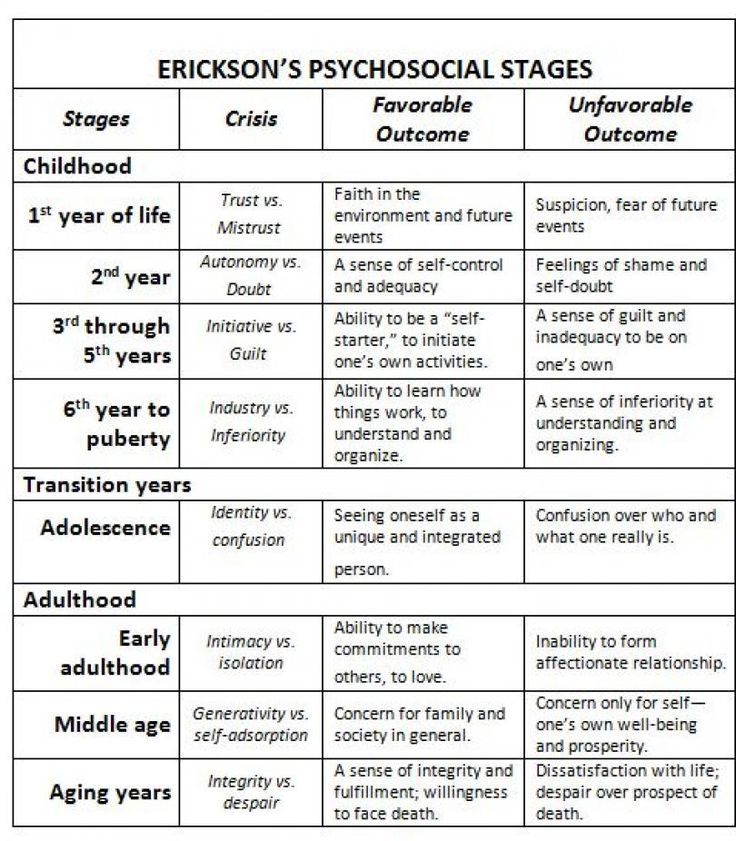
In preschool age, emotions play a significant role in the development of the child. They help to understand reality and respond to it. Manifested in behavior, they inform adults about what the child likes, what pleases or, on the contrary, upsets and saddens. As the child develops and grows, his emotional world becomes more diverse and rich. From the leading emotions (fear, joy), he moves to the most complex range of feelings. A child with developed emotions overcomes egocentrism more easily, better delves into educational and cognitive situations, more successfully fulfills himself in activities (Ezhkova N.S.).
During the preschool stage, development is faster than ever. A small child does not have the ability to control his own emotions. His emotions quickly appear and just as quickly disappear. Through emotional development in preschool age, emotions become more healthy and subordinate to thinking. But this happens when the child learns moral norms and correlates his actions and deeds with them.
Equally important is the development of emotional literacy.
Emotional literacy is the ability of children to write and talk about their emotions or feelings, as well as the emotions and feelings of those around them. It is a significant component of social-emotional development, as it can help children understand their own emotional experiences and at the same time help them understand and accept the emotional experiences of others. Emotional literacy can help children solve problems and regulate their emotions; these skills are important for success in preschool and beyond.
Socially developed children have the ability to develop the relationships with peers and adults necessary for success. Many factors can affect how children express their social skills or emotional competence or the rate at which children acquire social skills or emotional competence. These factors include: environmental risk factors such as living in an unsafe society, receiving care in poor childcare settings, family risk factors such as maternal depression or family mental illness, drug abuse, domestic violence, poverty and risk factors associated with the child, such as a fussy temperament, delays, and serious health problems. All of these factors need to be taken into account when gathering information to fully understand and support children's social and emotional health.
All of these factors need to be taken into account when gathering information to fully understand and support children's social and emotional health.
In this sense, social-emotional development can be seen as an important protective factor for young children, buffering them from stress and helping to prevent major emotional and behavioral difficulties from developing later in life.
The wrong preschool environment can be detrimental to the development of social skills, leaving children stressed by excessive, overly complex interactions with peers.
In fact, peers of the same age are not good teachers. As biological anthropologist Gwen Dewar says, "You need people to study people's skills." Preschoolers need to learn empathy, patience, emotional self-control, social etiquette, and an optimistic, constructive attitude towards solving social problems.
These lessons cannot be learned through peer-to-peer contact. Preschools are populated by impulsive, socially incompetent little people who are prone to sudden fits of anger or despair.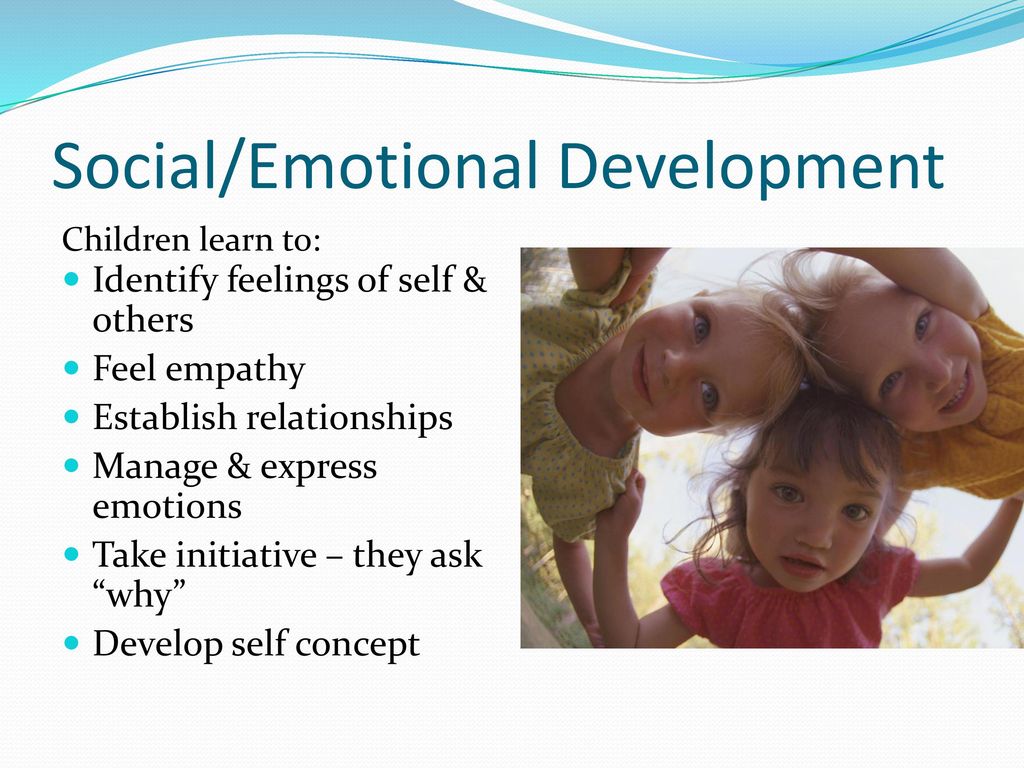 Yes, preschoolers can offer important social experiences to each other. But their developmental status makes them unreliable as social mentors. A child who copies other children can pick up good habits, but she can also pick up bad ones.
Yes, preschoolers can offer important social experiences to each other. But their developmental status makes them unreliable as social mentors. A child who copies other children can pick up good habits, but she can also pick up bad ones.
That is why it is necessary to help a child develop social skills in preschool, they must be approached as carefully and consciously as teaching him reading or mathematics.
One of the most important functions of kindergarten is to teach children how to interact socially with others. Children who continue to express anger and frustration by hitting, screaming, and throwing objects will not only make it difficult for their needs to be understood, but might also isolate themselves. Knowing that there are more productive ways to express themselves and that what they say and do affects other people is key to making friends and becoming part of the children's community. Just as understanding of how to be polite comes, the child begins to take turns sharing, talking and playing with other children without the need for reminders and the use of polite language.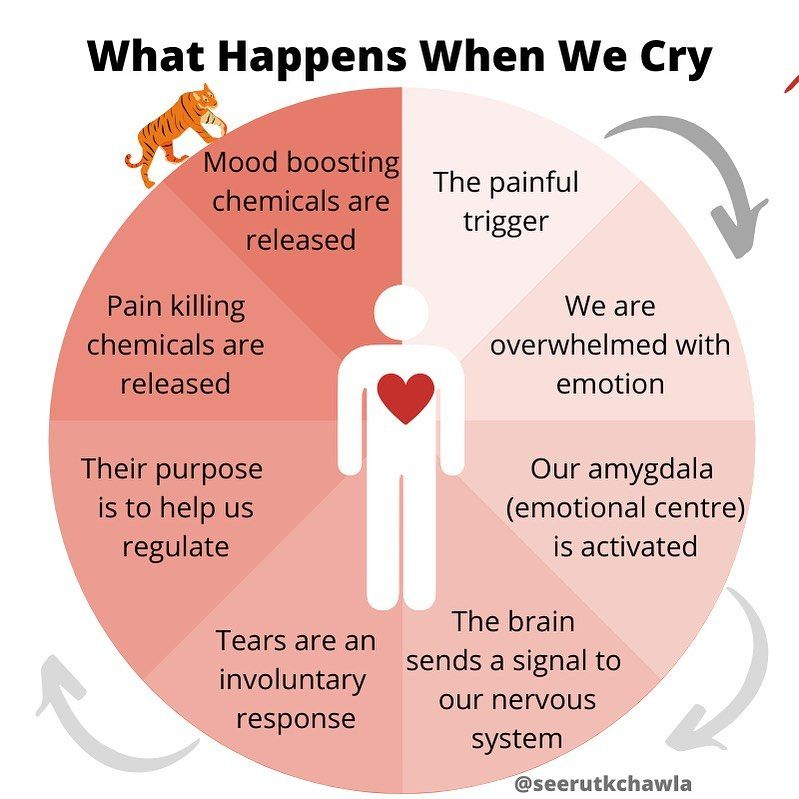 However, mastering this skill is an ongoing process and kids are just learning it. It may take some time before the preschooler is able to share and be polite.
However, mastering this skill is an ongoing process and kids are just learning it. It may take some time before the preschooler is able to share and be polite.
Children should be able to work independently without constant redirection, as group and independent working times increase as kindergarten develops. Not only does this prepare the child for future learning, but it also helps build a sense of accomplishment and the understanding that he is a person capable of doing everything on his own.
Developing strong social skills means recognizing the value that other people bring to our lives by evaluating peers and adults fairly, developing the civility skills necessary for mature interaction, and developing a basic kindness towards people.
To develop emotional skills, children need the support of their parents. Here are some tips on how to contribute to a constructive increase in your child's emotional intelligence:
- Explain your own feelings
Explain to your child how you feel in a particular situation, for example, "I'm really annoyed right now because I can't find my glasses. " Speaking about your feelings, the child can learn to speak emotionally, in a different way. At the same time, he begins to understand the reasons why someone has certain feelings, as well as asking other family members to share their feelings and their origin.
" Speaking about your feelings, the child can learn to speak emotionally, in a different way. At the same time, he begins to understand the reasons why someone has certain feelings, as well as asking other family members to share their feelings and their origin.
- Talk about the feelings of others
Help your child to follow the emotions of people around him, characters in a book or movie, magazines or photographs. You could say, “Look, the girl who buys ice cream! She has such a big smile, I think she is looking forward to her ice cream!” Or, "Do you see a picture of a boy who looks so angry?" Maybe his mom told him he wouldn't get a candy bar. Recognizing the feelings of others helps your child understand them and develop compassion.
– Acknowledge your child's feelings
Respond if your child shows feelings of frustration, such as homework. You can say, “You look disappointed. Sometimes homework is really hard.” Recognizing and describing your child's feelings will give him more opportunities to express his feelings later on.
– Use more complex feeling terms
Once your child understands basic emotional terms such as "happy", "sad" and "angry", you should move on to more complex terms to steadily expand their vocabulary. Here are some examples:
- angry
- excited
- upset
– disappointed
– Recreate feelings through play
Play the emotions that your child has to guess, and then switch roles. Sing the same song with a changing emotional tone, such as a tired or excited voice. Play scenes from books or create your own stories and indicate people's moods. For example: "The girl in the photo looks scared, so I speak in a low and timid voice."
Literature:
- Ezhkova N. S. Emotional development of preschool children. Part 1: study method. allowance: in 2 hours / N. S. Ezhkova. — M.: Gumanitar, 2010.
- Zaporozhets A.V. The development of social emotions in preschool children / Ed.
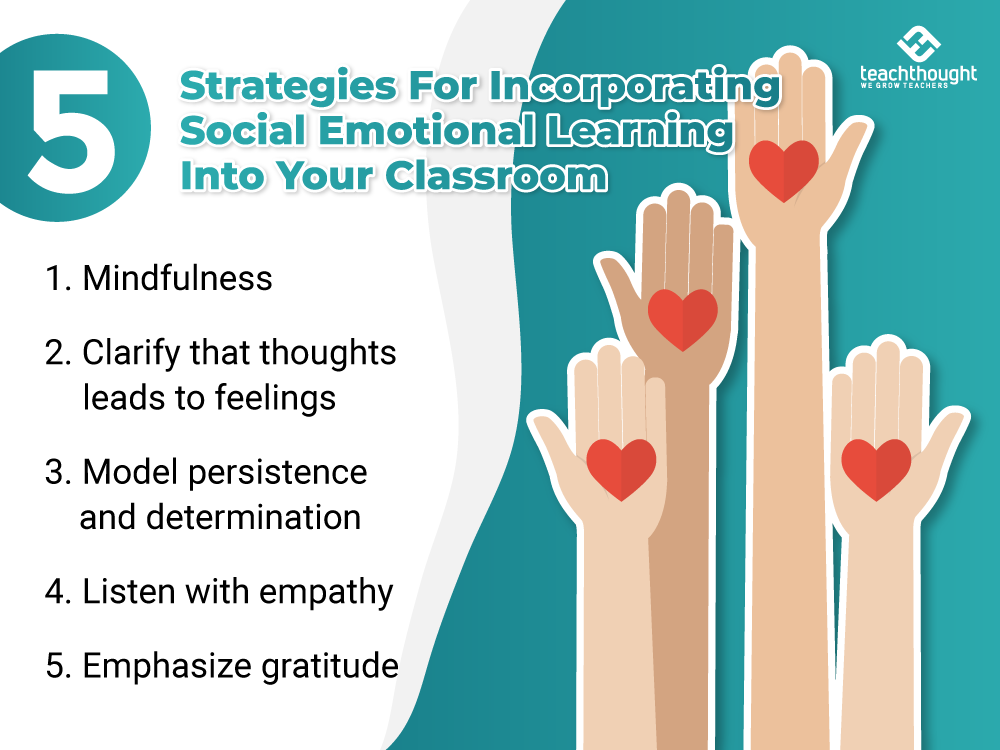 Ya. Z. Neverovich. - M .: Knowledge, 2005.
Ya. Z. Neverovich. - M .: Knowledge, 2005. - The Development of Communication in Preschoolers / Ed. A. V. Zaporozhets and M. I. Lisina. - M .: Pedagogy, 1974
- Meshcheryakova S. Yu. On the nature of the revitalization complex // Experimental research on problems of general and ped. psychology. — M., 1975.
- Emotional disorders in childhood and their correction / Ed. V. V. Lebedinsky and others - M., 1990.
- Jacobson, S.G. Moral education in kindergarten [Text]: a guide for kindergarten teachers /S. G. Jacobson. - M .: "Education of a preschooler", 2003. - 112 p.
Basic terms (automatically generated) : child, your child, emotion, feeling, skill, emotional literacy, time, kindergarten, homework, emotional competence.
Development
emotional competence in preschoolers...conclude about emotional competencies children with speech violations and children C
The study was attended by preschoolers of the preparatory group MBDOU " Children Garden 9000
using cards Child Completely assimilates the contents.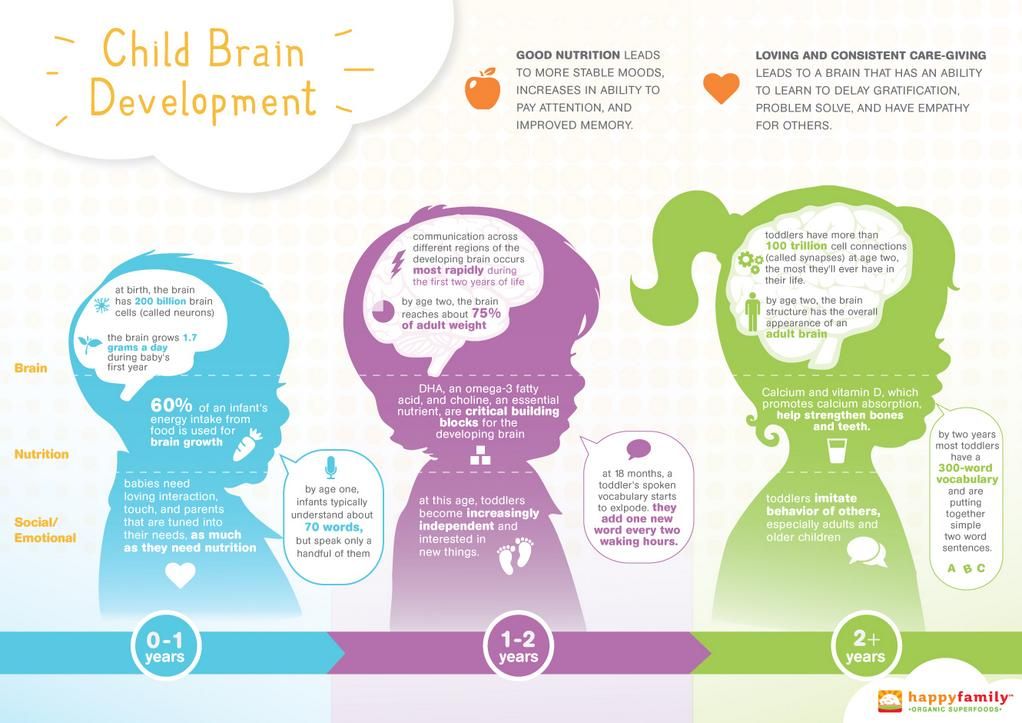 fairy tales, which will facilitate its retelling, and in ...
fairy tales, which will facilitate its retelling, and in ...
The role of educators and parents in providing psychological ...
If a child comes to children's kindergarten is not in a good mood or his mood deteriorates during the day, it is necessary to correct this situation. To do this, you can create toys to respond to negative emotions children : various hammers, magic wands.
Social
emotional development children in conditions children ...in Children to garden and in the family children experience emotional overloads, which can
,in the group children Garden We created such an environment so that children have
owns: Celebrity.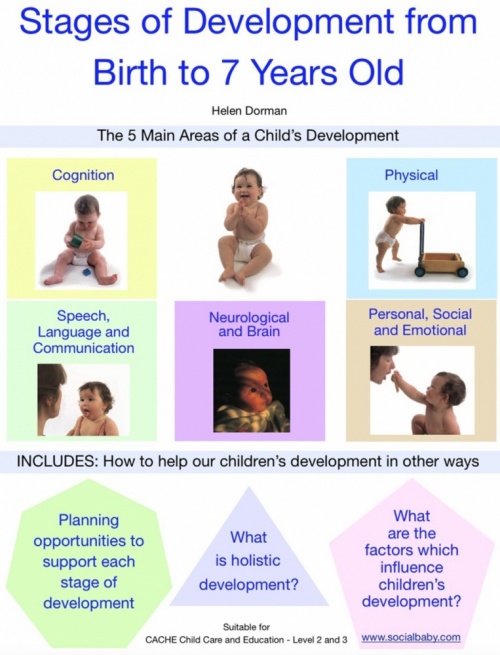 and fixing emotions of people. In particular, children like ...
and fixing emotions of people. In particular, children like ...
Means and methods of development
emotional sphere childPurpose: to form expressive standards in children , to contribute to the enrichment of the emotional sphere, to give an understanding of the division of positive and negative emotions , to teach to recognize their own emotions and feelings that help them adequately...
Raising optimism in child preschooler The life of children is filled with various emotions , feelings and requires from children their correct understanding and appropriate response to them. children are often under the influence of overflowing feelings and are not always able to control their emotions .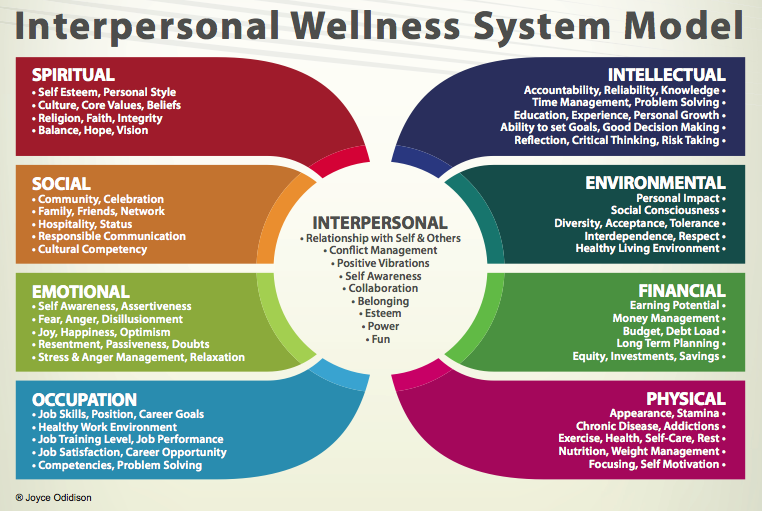
Emotional development preschooler | Journal article...
Therefore, work aimed at developing the emotional sphere of children very
After all, a child who understands the feelings of another, actively responding to the emotions of others 90909
and feelings do not exist outside...
Development of
emotional responsiveness of preschoolers...Practice shows that in the development of emotional sphere of preschool children is weak
emotions - this is a “complex psychological mechanism that is generated during
in development emotional children through the perception of artistic ..
Ways to develop
emotional intelligence in children .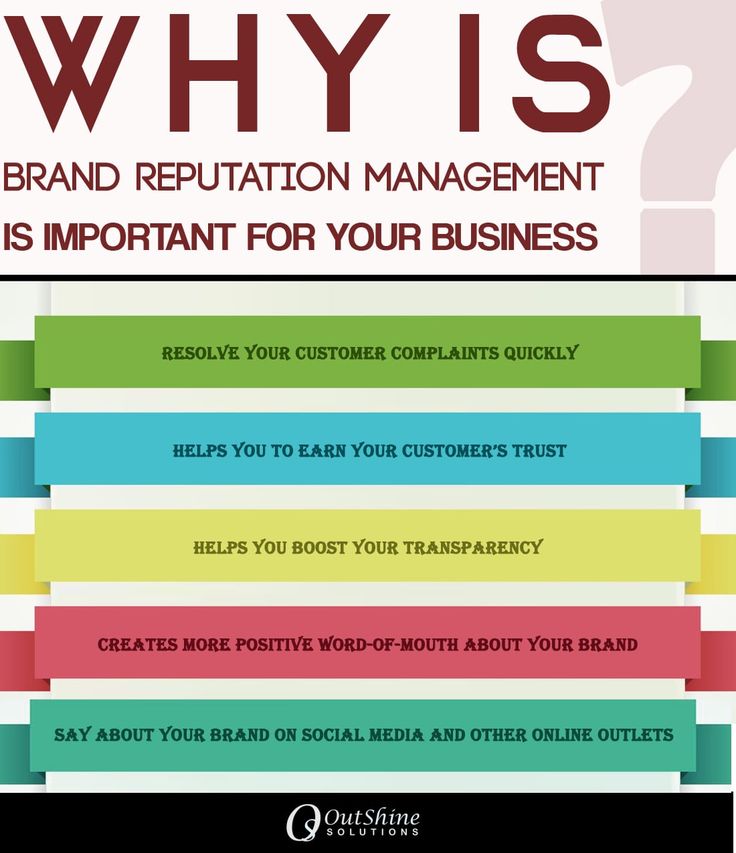 ..
.. In the development of emotional intelligence in children, the emphasis should be placed on the ability to understand the feelings of another child , an adult, putting oneself in his place and feeling his experiences and emotions . First of all, we are talking about the development of empathy...
Emotions in development child preschool age
Ability sincerely rejoice, understand feelings and emotional states of people, clearly expressing one's desires and communicating with people - all this depends on how developed the emotional sphere of a child is. Emotions is the basis of a successful mental state ...
90,000 socio-emotional Socio-emotional development - This is a purposeful development of a conscious emotional and positive attitude towards himself, other people surrounding the world, the ability to deal with emotional states, opinions and desires of oneself and others, as well as the development of socially significant behavioral skills in society.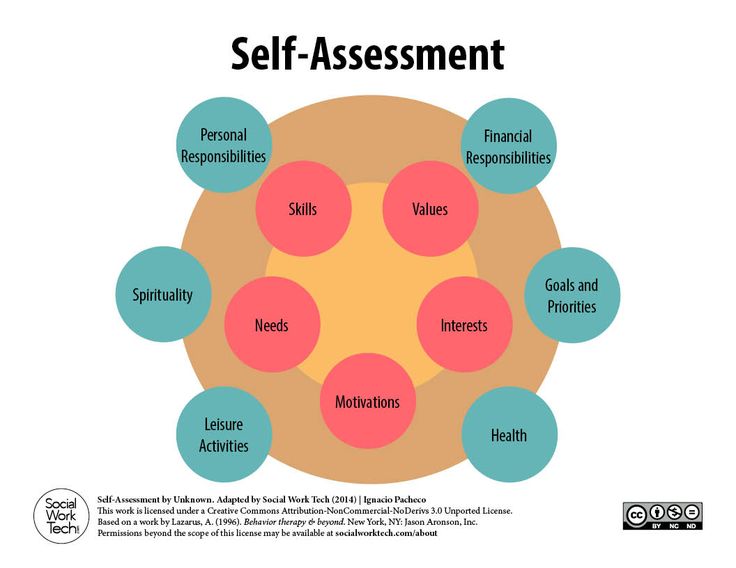
á Ultimately, ensuring the social and emotional well-being of a person is the formation of a sense of self-confidence, harmonious interaction with society and life success.
The content of social and emotional upbringing and development is realized through specially organized forms, types of joint activities of the educator with children (interactive games, training games, experimenting games, children's projects)
In the kindergarten "Solnyshko" conditions are created so that every child can:
- find their niche and realize social needs and creative opportunities;
- felt coziness, comfort and his personal significance for all the people around him.
Acquaintance with basic emotions occurs both in the course of the entire educational process and in special classes where preschoolers experience a variety of emotional states, get acquainted with the experience of peers, as well as with literature, paintings, films, cartoons, performances and music that evokes emotions and feelings. The significance of such activities lies in the fact that children expand the range of conscious emotions, they begin to better understand not only their own feelings, but also the feelings of the people around them. Developing feelings, desires and views, our teachers teach to be attentive to each other's moods, to understand and clearly express their emotions, taking into account the mood and opinions of others. The independent activity of the child in a specially organized environment gives him the opportunity to express himself, acquire social skills in communicating with peers
The significance of such activities lies in the fact that children expand the range of conscious emotions, they begin to better understand not only their own feelings, but also the feelings of the people around them. Developing feelings, desires and views, our teachers teach to be attentive to each other's moods, to understand and clearly express their emotions, taking into account the mood and opinions of others. The independent activity of the child in a specially organized environment gives him the opportunity to express himself, acquire social skills in communicating with peers
The most effective and accessible methods for developing emotions in preschoolers are: role-playing and outdoor games, game exercises, psycho-gymnastics, the use of theatrical technique of expressive movements, playing sketches, the active use of facial expressions and pantomime. With their help, the socio-emotional sphere of preschool children develops. Children learn to get acquainted with the help of the exercise “Hello, it's me”, “Let's get to know each other”.

